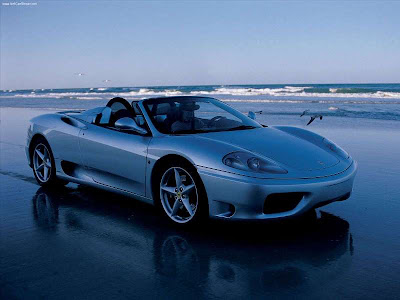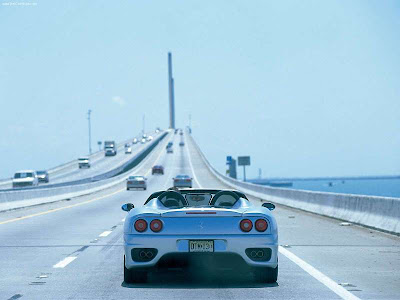The Ferrari 360 model first hit the market in 1999 as a replacement for the Ferrari F355.

Ask anyone who's driven both and they will assure you that the Ferrari 360 was a tremendous leap forward from the F355, both in terms of performance and packaging.

The 360's interior offered superior space and comfort, and the immediacy with which the car responded to steering and brake inputs had many enthusiasts labeling it "the best sports car ever."
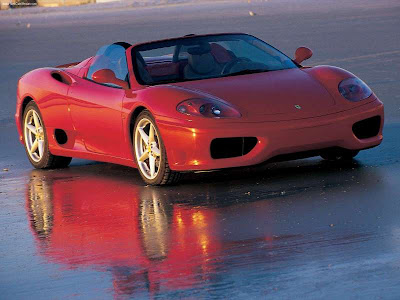
Five years later, the supercar market has become quite crowded, with new entries from the likes of Lamborghini, Porsche and even Ford. Nearly all of these makers had the Ferrari 360 squarely in its sights when they developed their competitive models (Lamborghini Gallardo, Porsche 911 GT2 and GT, respectively). Ford went so far as to buy a Ferrari 360 Modena and tear it apart to figure out how the company had built the ultimate sports car. Yet, Ferrari seems to be taking the move in stride, knowing full well what the sincerest form of flattery is.
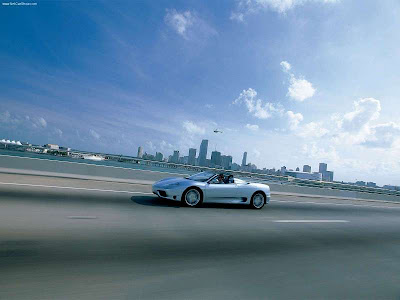
We were fortunate enough to land a ride in a 2004 Ferrari 360 Spider, equipped with the Formula One transmission, up to Monterey for the 2004 Monterey Historics and Pebble Beach Weekend. The trip was part of the 7th Annual Ferrari Challenge Rally, and as you can imagine, if driving a Ferrari is rewarding, driving a convertible Ferrari through California, with nearly 50 other Ferraris, is about as close to sports car nirvana as it gets.
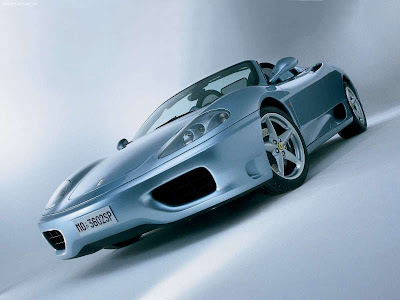
But even without the company of other Ferraris, the Ferrari 360 Spider offers plenty of entertainment. Its midengine aluminum chassis, active double-wishbone suspension (also constructed of aluminum) and wide track design imbue the car with otherworldly handling qualities, making it feel as capable as anything we've driven. Yet, the Ford GT has it beat (just barely) by offering up similar all-out handling performance along with superior ride quality. The car never feels harsh, but you are aware of every bump in the road. A good thing — for the most part — in a car like this, but long-distance touring can get old due to the amount of road surface information constantly coming through the steering wheel and seat.

Body roll is essentially nonexistent with the active suspension placed in "Sport" mode, and its ability to track over bumps without upsetting the chassis is spot-on thanks to electronic dampers that take a mere 0.04 second to react. Cowl shake is miniscule (but perceptible) over larger bumps, though it's never enough to distract the driver or dampen confidence while flinging the Spider along snaking canyon roads. When not in "Sport" mode the 360 Spider softens a bit, improving its ride while allowing for greater body roll.
